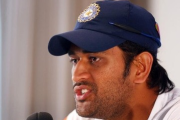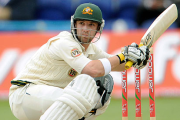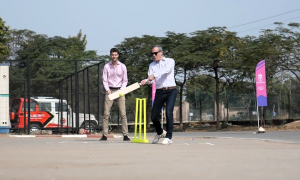On a World Cup afternoon down in Brisbane in 1992, South Africa’s hopes of making the semifinal were tottering. After a politically forced absence for 21 years, they were making a comeback to international cricket and started off in the best possible manner beating Australia. But they were soundly beaten by Sri Lanka and New Zealand and they faced a must-win situation against the eventual champions Pakistan.
It didn’t help matters that they could manage only 211/7 in their 50 overs. But the inexplicable Duckworth-Lewis method came to their rescue and Pakistan now required 194 in 36 overs. But young Inzamam Ul Haq, who had made 48 from 44 balls, was looking dangerous along with his skipper Imran Khan and threatened to take the match away from South Africa.
The score read 135/2 in the 31st over when Inzamam went for a heave down the legside and it flew of the pad to point. Inzy took off for a single and was sent back by his captain. And then the clocks stopped ticking! A blue eyed 22 year old, who was lurking at backward point sprinted in, swooped down, picked the ball in his right hand, continued his run, dived head first with body parallel to the ground and with his arm outstretched dismantled the stumps as Inzamam was caught short of his crease. Jonty Rhodes had announced his arrival in International cricket.
Rhodes took another remarkable catch to dismiss Ijaz Ahmed as Pakistan collapsed and South Africa went on to win the match by 20 runs and made the semifinals. Over the next decade Jonty Rhodes redefined the term ‘fielding’ as he left many a batsman stunned and the crowds delighted with his airborne, inhumane, gravity defying catches but that spectacular run out on that rainy evening in Brisbane tops them all. Inzamam won’t argue that.
Tags: Cricket, Cricket World Cup, Duckworth-Lewis Method, Fielding, Jonty Rhodes, ODI Cricket, Pakistan, South Africa













